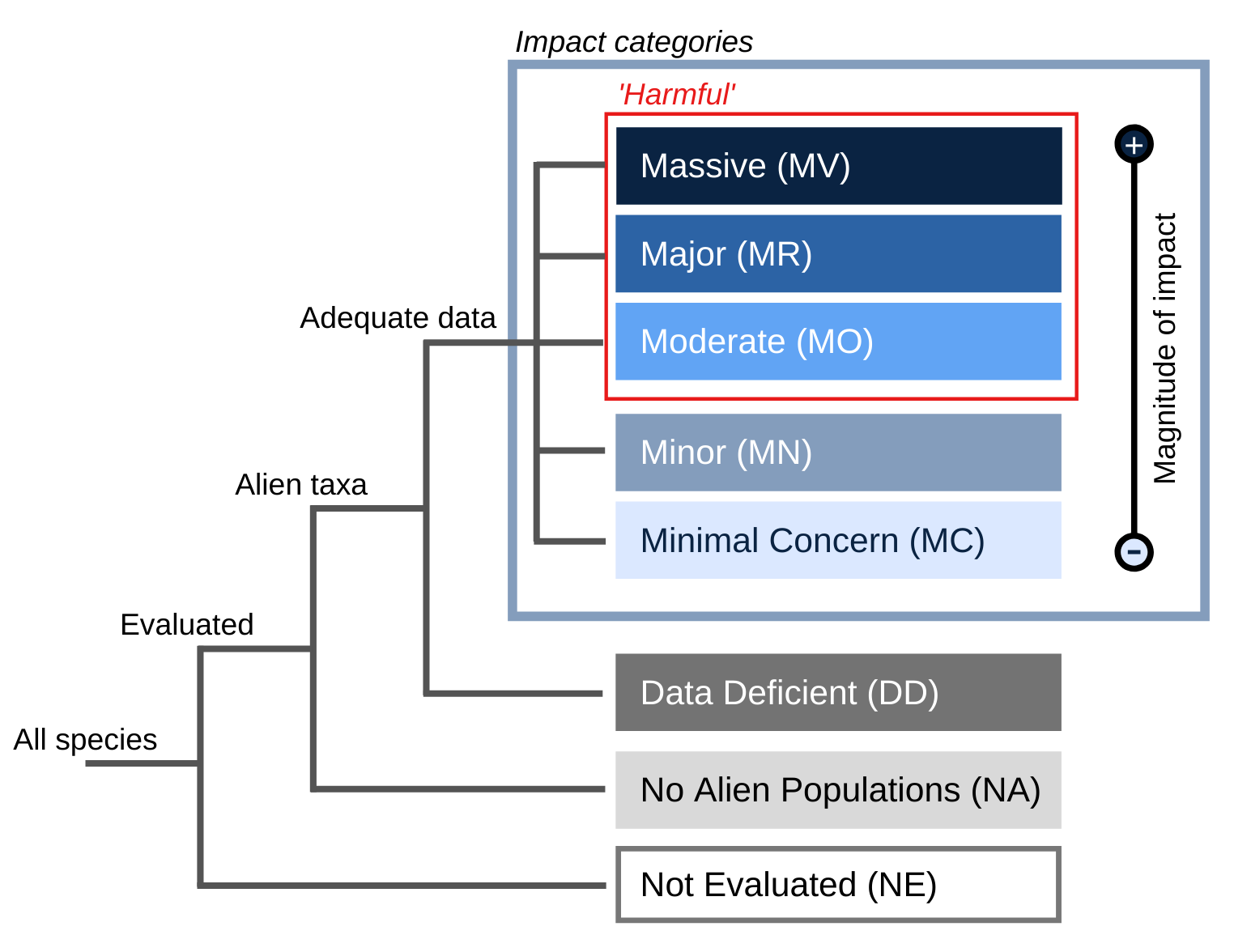- General
- Distribution
- Impact
- Management
- Bibliography
- Contact
\r\nIn its introduced habitat P. inopinus has only invaded coastal estuaries with relatively high temperatures, low elevation gradients and large salinity transition zones. It is confined predominantly to the lower salinity (<10 psu) reaches of estuaries, with peak abundances occurring in the 2-5 psu range (Bollens et al. 2002).
Principal source:
Compiler: National Biological Information Infrastructure (NBII) & IUCN/SSC Invasive Species Specialist Group (ISSG)
Review: Jeffery R. Cordell. Principal Research Scientist School of Aquatic and Fishery Sciences University of Washington, Seattle USA
Publication date: 2007-05-11
Recommended citation: Global Invasive Species Database (2025) Species profile: Pseudodiaptomus inopinus. Downloaded from http://www.iucngisd.org/gisd/speciesname/Pseudodiaptomus+inopinus on 14-12-2025.
Due to competition for limiting resources (eg: phytoplankton food), predation, or some other coincidental factors, the invasion of this Asian copepod may have caused dramatic food web and ecosystem changes in estuaries. P. inopinus may have the potential to alter the energy and nutrient flow of an ecosystem and may replace or reduce pre-existing native estuarine zooplankton populations. Such changes in energy flow could have higher level effects on juvenile salmon and other commercially important species (Bollens et al 2002). Such fears are precipitated because of other examples, such as, the invasion of the northwestern Atlantic ctenophore Mnemiopsis leidyi in the Black and Azov Seas, which possibly triggered significant ecosystem changes to cause declines in numbers of commercially important species (Shiganova and Bulganova 2000, Kideys 2002, Bilio and Niermann 2004, in Cordell Rasmussen and Bollens 2007). \r\n
Research by Cordell Rasmussen and Bollens (1998) found that although P. inopinus was rare in the diets of estuarine fishes, it comprised\r\nan important and sometimes dominant prey for mysid shrimp Neomysis mercedis which were in turn preyed upon by fish. P. inopinus was also an important component of the diet of juvenile caridean shrimp (Crangon franciscorum). In conclusion P. inopinus indirectly supplied an important food source to fish via the mysid shrimp pathway. For a discussion on the relation between abundance of this copepod and flooding events / temperature please see Cordell Rasmussen and Bollens 2007.







